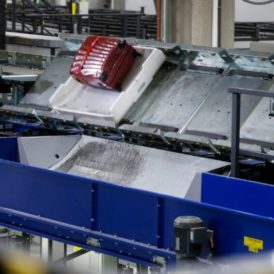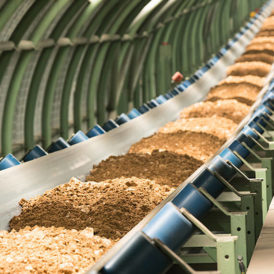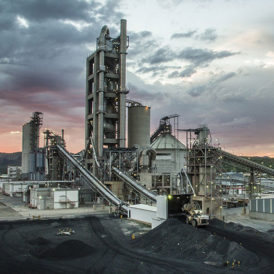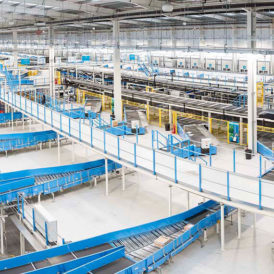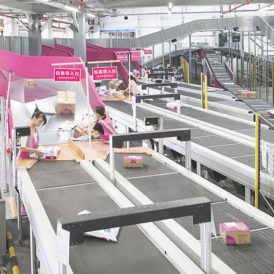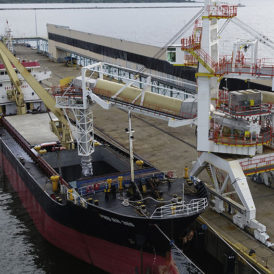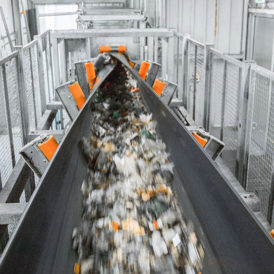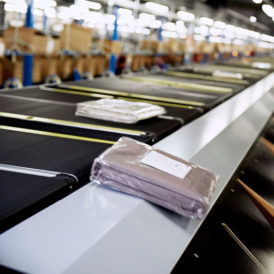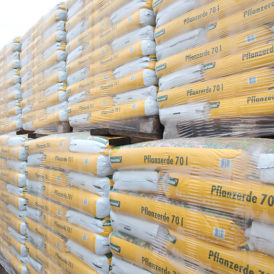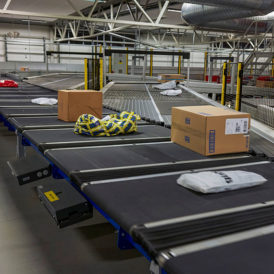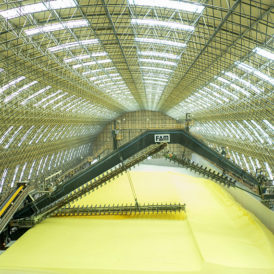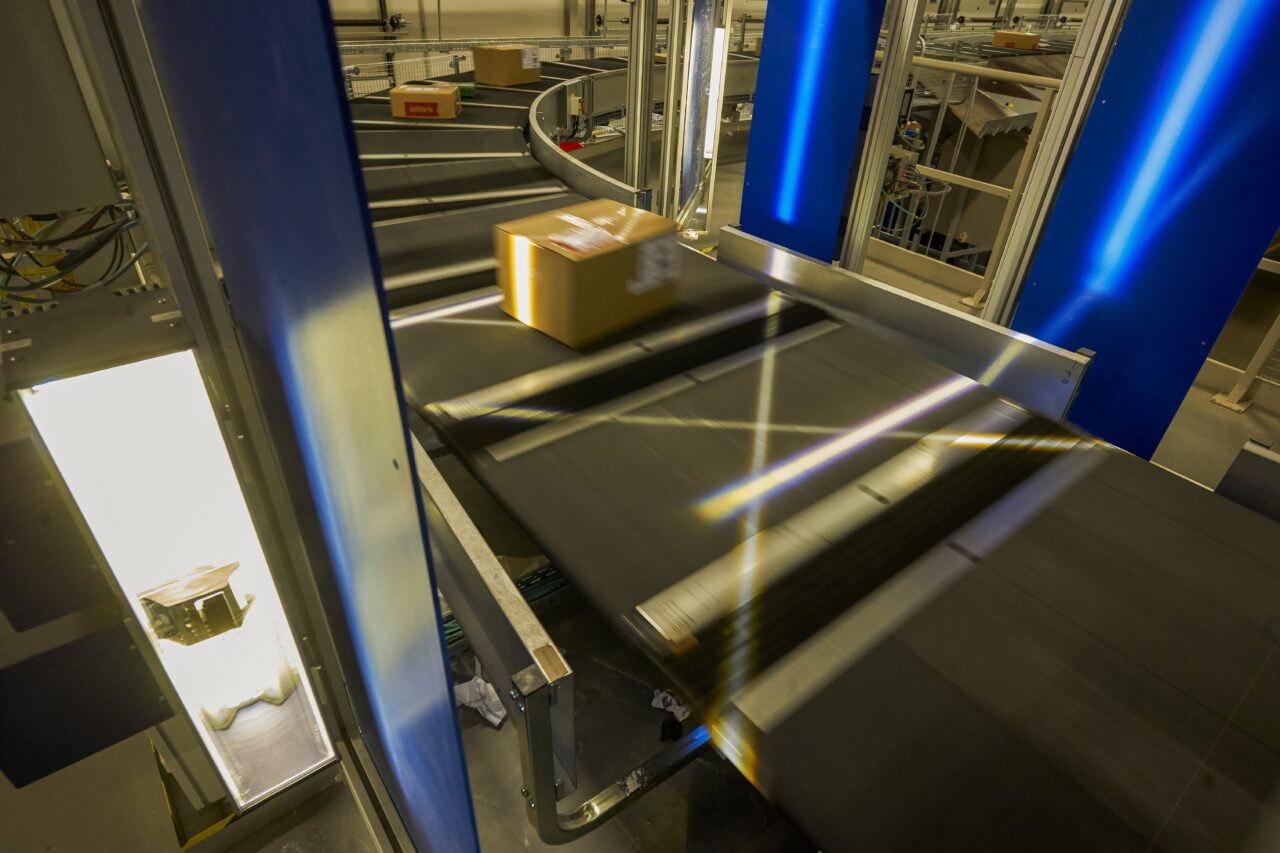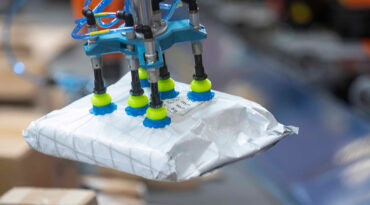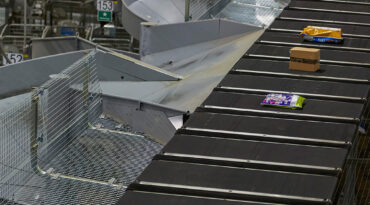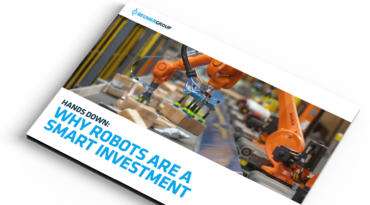The projections look healthy, but they are yet another downgrade. In August 2023, another industry report predicted a CAGR of 6 percent between 2023 and 2028, which itself was two percentage points lower than the 8 percent it predicted in August 2022.
This downward trend could be seen in the way the stagnation of 2022 continued into 2023 as global parcel volumes flattened out. E-commerce went into overdrive during the Pandemic, but some countries have proved to be relatively immune to the joys of buying online.
Among the key markets, China’s parcel volumes only edged up 2 percent in 2022 – its slowest ever growth rate – while the US suffered a huge fall in imports in 2023. A key indicator of US industrial output, the PMI Index, hit 46.0 in June 2023 – a three-year low.
Limited investment due to uncertainty
The global uncertainty carried into 2023, as did climbing interest rates, the increased cost of living and reduced global spending – so most CEP operators continued to consolidate, avoiding investments that might be regarded as risky.
The operators know the industry is going to pick up again, but most of them would rather see this happen before they start seriously investing again, citing:
- High inflation and interest rates
- High fuel and raw material prices
- Capacity constraints across multiple modes
- Supply chain unreliability
- Surcharge and accessorial increases
- Delayed orders and longer lead times
- Shipping container imbalance
A US report this year revealed how 23 percent of US material-handling system operators are holding off investing, compared to 16 percent last year. Over the next 2-3 years, only 49 percent predict they will increase spending, compared to 57 percent in 2022.
But there was a silver lining as more are investing in their information systems: 26 percent compared to 22 percent in 2022. And this has coincided with falling steel and electrical component prices.
Looking for profits from within
So 2023 has once again been a year in which profits are being squeezed by parcel volume stagnation, leaving CEP operators with limited options to improve their bottom line. In an increasingly competitive industry, they can no longer pass on the increasing costs of their labour and raw materials to their customers.
Instead, profits must come from within: through the digitalisation and optimisation of their systems, resources and networks.
In order to achieve this in their distribution centres (DCs), CEP operators are adopting intelligent solutions such as automation (for bulk handling), cloud-based OCR (to minimise unreadable label problems) and digital twins (to better deal with capacity demands).
In the Last Mile, meanwhile, the main driver has been sustainability. Customers are becoming increasingly vocal about the carbon footprint left by the delivery of their goods, and the challenge facing the CEP operators is how to become more sustainable with limited investment.
Invariably, the answer is data. Understanding what customers want in terms of sustainability, and also transparency, can enable them to thrive in the future.
Growing commitment to sustainability
Sustainability was a key focus in the 2023 DHL report urging CEP companies to embark on the road to decarbonisation by improving their supply chain optimisation, using sustainable fuels and adopting the latest technologies.
The report underlines the importance of total transparency – urging CEP operators to maintain an ESG outlook without greenwashing – and embracing digital technology.
Meanwhile, another DHL report – based on surveys carried out in nine major European countries – reveals that over half of all online shoppers value sustainability to the extent that 69 percent are prepared to pay more for green delivery options, while 58 percent would wait longer for a green delivery
Certainly in 2023, the number of greener delivery options is growing, but are CEP operators and e-tailers doing enough to find out what their customers really want?
For example, end-consumers are increasingly prepared to forsake the holy cow of doorstep deliveries and instead walk a ‘Slipper Distance’ to a pick up drop off (PUDO) outlet such as a locker centre.
But if this isn’t given as an option to the buyer, then the package will invariably end up on the doorstep – and even if it’s delivered by an electric truck, it’s generating 10 times more emissions than a delivery to a PUDO.
Another problem slowly being addressed are serial shoppers who take advantage of no-cost returns to send back goods without reason. A 2022 report highlighted how the practice results in untold emissions and discarded goods, but 2023 has seen many companies rescind or alter their policies.
Ultimately, CEP operators are in 2023 waking up the notion that they are best advised to cut services that only benefit a select few – like Sunday or same-day deliveries – or make them a premium service.
